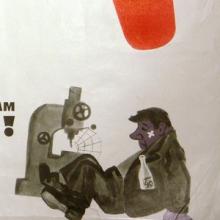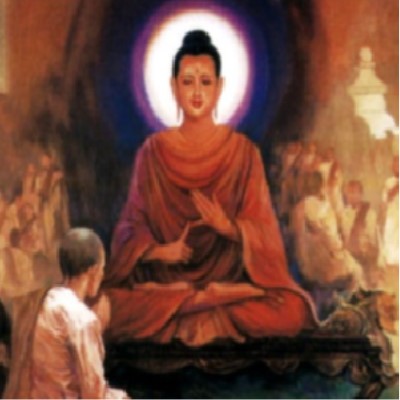Culture

Short Teaching Module: Soviet Health Posters
This case study examines two posters that address the increasingly embarrassing and difficult health crisis of the Soviet Union in the 1970s and 1980s.
Activity: Simulating the Velvet Revolution
This case study simulates the process of the extraordinarily quick (and often peaceful) overthrow of various communist regimes is Eastern Europe in 1989. The simulation provides a powerful experiential study of how dissent can quickly cascade through a group, leading to fast, dramatic change.

Long Teaching Module: Everyday Life in Eastern Europe in the 1980s
Explaining the causes of an event as large, complicated, and significant as the revolutions of 1989 and the end of Communist single-party rule and the Cold War is no small task.

Mexico: From Empire to Revolution
By making hundreds of photographs available and placing them in a clear, historical context, the website provides students with a fascinating perspective on several crucial decades in Mexican history.
Urban Dharma, Buddhism in America
Although many of the essays are intended to promote Buddhism and a Buddhist religious perspective, the site also includes English translations of important early South Asian documents.Warsaw Embassy Cable, Bronislaw Geremek Explains Next Steps Toward a Solidarity Government
Following the historic semi-free elections in Poland in June 1989, which resulted in a near total defeat of the Communist regime, Polish Communist and Solidarity leaders engaged in ongoing and significant negotiations in the hope of establishing stability in Poland.
Czechoslovak Secret Police Memorandum, "Information Regarding the Situation in the CSSR"
As a result of the intensifying public demonstrations in the first half of 1989, the Czechoslovak Communist Party increased its surveillance and suppression of independent and opposition groups, particularly in anticipation of politically-charged anniversaries.
Czechoslovak Secret Police Memorandum, "Information on the Security Situation . . "
This Secret Police (StB) memorandum from 21 August details the plans of independent and opposition groups to commemorate the politically-sensitive anniversary of the 1968 Warsaw Pact invasion, and the police's "extraordinary security measures" to prevent the commemorations from taking place.
Transcript of the SED Politburo Session held on 5 September 1989 East Germany
Hungary began dismantling the barbed wire along its border with Austria in May, 1989. Over the summer months, thousands of East Germans risked their lives crossing over the Hungarian-Austrian border before heading north to West Germany.
Letter from GDR Ambassador to Hungary, Gerd Vehres, to Foreign Minister Osker Fischer
Hungary began dismantling the barbed wire along its border with Austria in May, 1989. Over the summer months, thousands of East Germans risked their lives crossing over the Hungarian-Austrian border before heading north to West Germany.